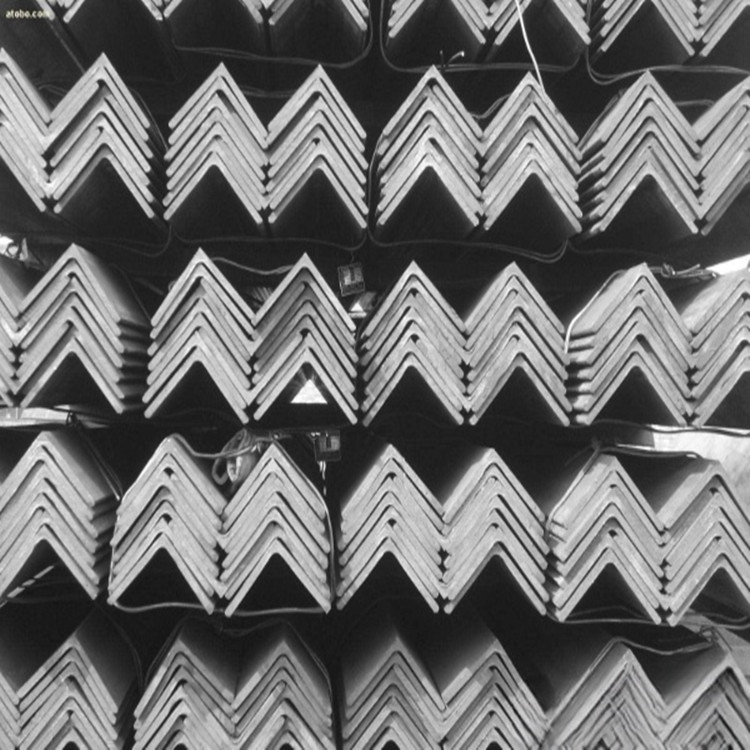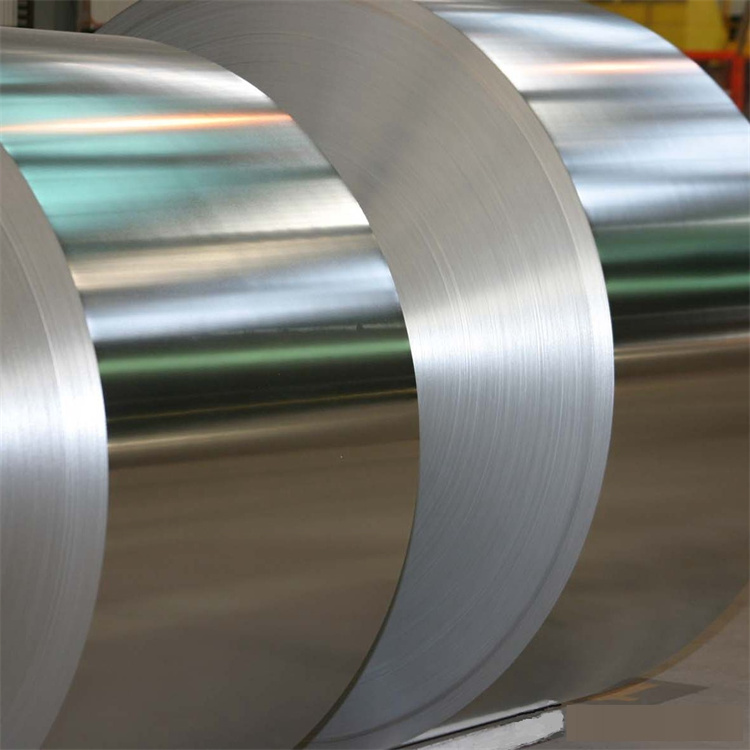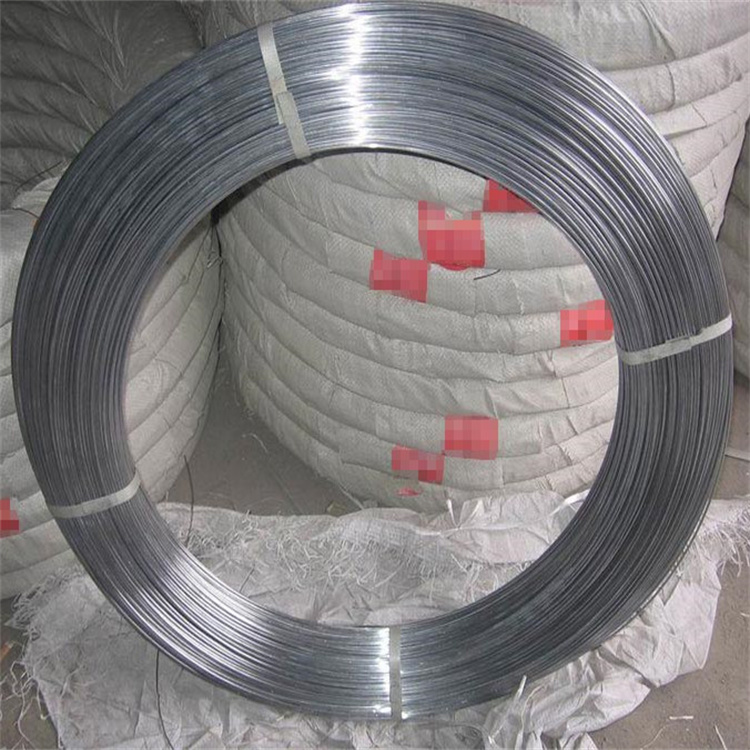Prime Cold Rolled Steel Coils
Prime cold rolled steel coils are a cornerstone of modern industrial processes, offering precision, durability, and versatility unmatched by other materials. From automotive manufacturing to construction, these coils cater to a wide array of applications due to their superior properties. This article explores their production process, advantages, applications, market dynamics, challenges, and future trends, supported by in-depth data analysis and actionable insights.
What Are Prime Cold Rolled Steel Coils?
Prime cold rolled steel coils are manufactured by processing hot rolled steel through a cold reduction mill. This process compresses the steel at room temperature, resulting in a product that is thinner, stronger, and more refined.
Manufacturing Process
Cold Reduction: Steel is compressed to achieve precise thickness and improved mechanical properties.
Annealing: Heat treatment reduces internal stress and enhances ductility.
Tempering: Adjusts hardness and toughness to meet application-specific needs.
Surface Treatment: Adds coatings or finishes for corrosion resistance and aesthetic appeal.
The outcome is a product with consistent quality, making it ideal for industries demanding exact specifications.
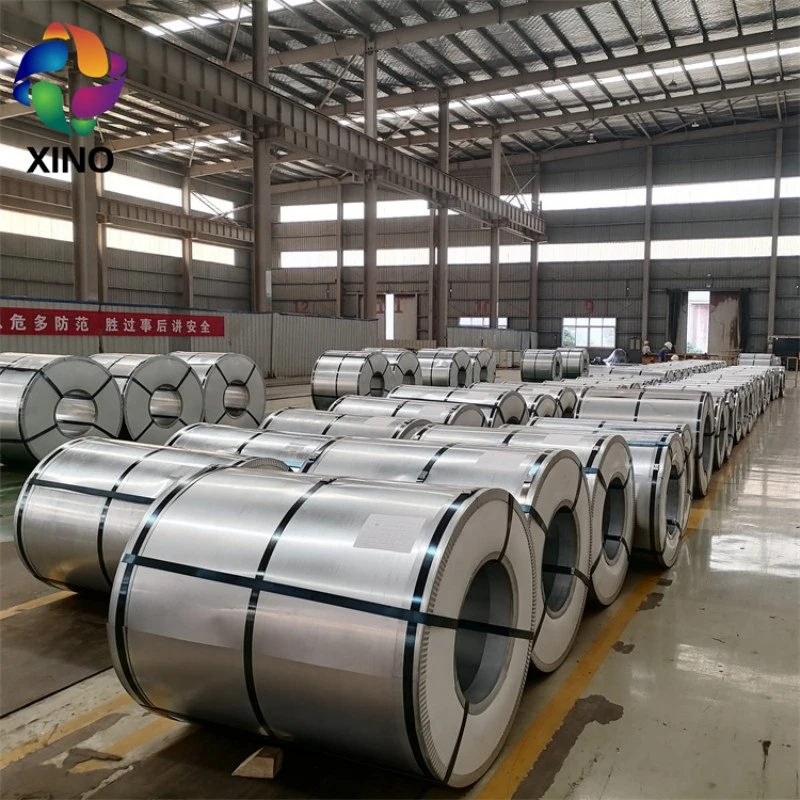
Properties and Characteristics
The unique attributes of prime cold rolled steel coils include:
Dimensional Accuracy: Tight tolerances suitable for high-precision industries.
Smooth Surface Finish: Ideal for painting, galvanizing, and other surface treatments.
Superior Strength: High tensile strength ensures durability under stress.
Versatility: Available in various grades and specifications to meet diverse needs.
Key Applications
Prime cold rolled steel coils are foundational to several industries:
1. Automotive Industry
Used for structural components, body panels, and safety parts, these coils provide the strength and lightness needed for fuel efficiency and safety.
2. Construction and Infrastructure
Roofing and cladding.
Structural elements for bridges and buildings.
High-quality finishes for architectural projects.
3. Home Appliances
The smooth finish and durability make cold rolled steel ideal for refrigerators, ovens, and washing machines.
4. Packaging
Used in food-grade cans and industrial containers, cold rolled steel provides excellent formability and corrosion resistance.
5. Electrical Components
Manufacturing transformer cores, motor laminations, and electronic enclosures.
The Challenges in Manufacturing Cold Rolled Steel Coils
Manufacturing cold rolled steel coils involves technical and logistical challenges that impact quality, efficiency, and cost. However, advancements in technology and process optimization are helping manufacturers address these issues.
1. Dimensional Accuracy and Defects
Challenge: Achieving tight dimensional tolerances while avoiding surface defects like scratches or uneven thickness.
Solution: Implementing advanced automation and real-time monitoring during rolling and annealing ensures consistent quality. Technologies such as laser measuring systems detect deviations early, minimizing waste.
2. High Energy Consumption
Challenge: The cold rolling process is energy-intensive, particularly during annealing and tempering.
Solution: Adopting energy-efficient equipment and utilizing renewable energy sources, such as solar and wind, reduce costs and emissions.
3. Raw Material Price Volatility
Challenge: Fluctuations in the cost of iron ore and coking coal increase production expenses.
Solution: Diversifying raw material suppliers and integrating scrap recycling stabilize supply chains and reduce reliance on volatile markets.
4. Environmental Regulations
Challenge: Stringent environmental laws necessitate cleaner production methods.
Solution: Investments in pollution control technologies, such as advanced filters and emission capture systems, help meet compliance standards.
5. Logistics and Supply Chain Disruptions
Challenge: Delays in raw material or product transportation affect delivery timelines.
Solution: Developing localized production facilities and using AI-based logistics management systems improve supply chain resilience.
Example: Tata Steel’s Approach
Tata Steel has addressed manufacturing challenges by investing in advanced technology. Their "Digital Twin" initiative uses AI to simulate production processes, optimizing efficiency and reducing defects. Additionally, their reliance on solar energy has reduced production costs by 20%.
By proactively addressing these challenges, manufacturers can ensure the consistent production of high-quality cold rolled steel coils, maintaining competitiveness in a dynamic market.
The Most Common Coatings Applied to Cold Rolled Steel Coils
Coatings enhance the performance and longevity of cold rolled steel coils by providing protection against corrosion, wear, and environmental factors. Different coatings are used based on the application requirements.
1. Zinc Coatings (Galvanized Steel)
Hot-Dip Galvanizing: Steel is dipped in molten zinc, forming a robust layer of corrosion-resistant protection.
Applications: Used in construction (roofing, wall panels) and automotive parts.
Electro-Galvanizing: An electrochemical process applies a thin zinc layer, ensuring a smoother surface.
Applications: Ideal for appliances and electronics where appearance matters.
2. Zinc-Aluminum Alloy Coatings (Galvalume Steel)
Comprising ~55% aluminum and ~45% zinc, this coating offers superior corrosion resistance and heat reflectivity.
Applications: Preferred for outdoor structures and solar panels.
Example: Research shows that Galvalume-coated steel lasts up to 50% longer than traditional galvanized steel in humid environments.
3. Organic Coatings (PPGI/PPGL)
Pre-painted steel combines zinc or aluminum-zinc coatings with polymer layers for aesthetic and functional purposes.
Applications: Widely used in architectural projects and consumer goods.
Benefits: Provides color options, UV resistance, and reduced maintenance.
4. Tin Coatings (Tinplate)
A thin tin layer offers corrosion resistance and compatibility with food products.
Applications: Used in packaging, especially for food and beverage cans.
Example: Global tinplate demand reached 20 million metric tons in 2023, driven by the food packaging industry.
5. Other Advanced Coatings
Polymer and Epoxy Coatings: Enhance chemical resistance for industrial applications.
Self-Healing Coatings: React to damage by forming protective layers, extending the coil’s lifespan.
Market Insight
According to a 2022 industry report, coated steel products account for 60% of all cold rolled steel sales, with demand driven by the construction and automotive sectors.
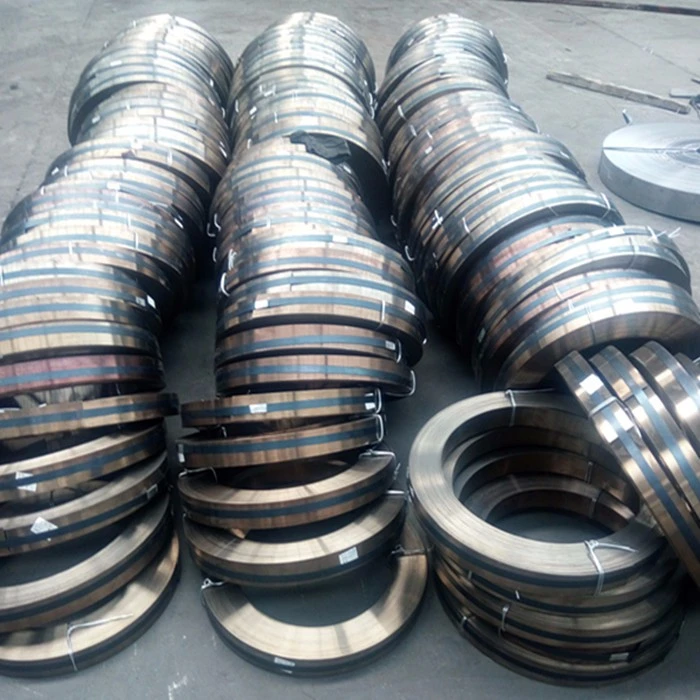
Market Insights and Trends
The global market for cold rolled steel coils is driven by the automotive and construction sectors. Based on market research, the growth is substantial and consistent.
| Year | Market Size (USD Billion) | Growth Rate (%) |
|---|---|---|
| 2020 | 130.2 | 3.8 |
| 2023 | 152.4 | 4.2 |
| 2026 | 178.9 | 5.1 |
Regional Analysis
Asia-Pacific: Dominates production and consumption with over 60% market share. China and India are the largest producers, driven by industrial growth and infrastructure development.
Europe and North America: Focused on high-grade steel for automotive and aerospace industries.
| Region | Production (Million Tons) | Market Share (%) |
|---|---|---|
| Asia-Pacific | 45.6 | 60 |
| Europe | 20.3 | 27 |
| North America | 10.7 | 13 |
Advantages of Prime Cold Rolled Steel Coils
| Feature | Cold Rolled Steel | Hot Rolled Steel |
|---|---|---|
| Surface Finish | Smooth, polished | Rough, matte |
| Dimensional Accuracy | Precise tolerances | Less precise |
| Strength | Higher tensile strength | Moderate strength |
| Applications | High-precision industries | General structural purposes |
Key Benefits
Energy Efficiency in Usage: Enhanced mechanical properties lead to reduced material wastage.
Longevity: Coated variants resist corrosion, extending lifespan.
Customizability: Available in various grades, coatings, and finishes to meet specific industry requirements.
Challenges in the Cold Rolled Steel Market
Despite its widespread adoption, the market faces several challenges:
Volatility in Raw Material Prices
Fluctuations in the cost of iron ore and coking coal impact production expenses.Energy-Intensive Manufacturing
The cold rolling process consumes significant electricity, adding to operational costs.Environmental Concerns
Stringent regulations regarding emissions and waste disposal challenge manufacturers to adopt cleaner technologies.
Sustainability and Innovations
The steel industry is transitioning towards eco-friendly solutions. Emerging trends include:
Green Steel Production: Utilizing hydrogen instead of coal in smelting processes.
Recycling: Increased use of recycled steel reduces energy consumption by up to 60%.
Advanced Coatings: Anti-corrosion and self-healing coatings enhance durability while minimizing maintenance.
Case Study: Baosteel's Sustainability Initiatives
Baosteel, a leading manufacturer, has introduced green technologies that reduce carbon emissions by 40%, setting a benchmark for the industry.
How to Select the Right Cold Rolled Steel Coils
Choosing the right cold rolled steel coil depends on several factors:
Grade and Composition
Select a grade suitable for your application, e.g., structural grades for construction or ultra-low carbon grades for automotive applications.Surface Finish
Consider coatings such as zinc or paint for added corrosion resistance.Supplier Reputation
Opt for reliable manufacturers with proven quality standards and certifications.Price and Lead Time
Compare market prices and ensure timely delivery to meet project deadlines.
Future Outlook
The global cold rolled steel coil market is poised for innovation and growth:
Smart Steel Coils
Integrating IoT-enabled sensors for real-time monitoring of coil properties.High-Strength Lightweight Alloys
Combining cold rolled steel with advanced materials for aerospace and automotive industries.Increased Focus on Recycling
A shift towards a circular economy will redefine production and consumption patterns.
Conclusion
Prime cold rolled steel coils are a vital component of modern industry, offering unparalleled quality, precision, and performance. Their applications span diverse sectors, and their demand is projected to rise with advancements in manufacturing and infrastructure development.
To stay competitive, manufacturers must focus on sustainability, innovation, and customization. For businesses, understanding the unique properties and applications of these coils ensures informed decisions, maximizing efficiency and profitability.
Investing in high-quality cold rolled steel coils is not just a cost-effective solution but a step towards achieving long-term industrial success in an evolving global market.
Would you like assistance in designing specific data tables or charts to complement this content further?
China Xino Group: Your Trusted Steel Partner
At China Xino Group, we pride ourselves on being a leader in the steel industry, offering a wide range of premium steel products to meet global demand. Established in August 2001, we have grown into a multinational enterprise, leveraging our expertise across core businesses such as resource development, engineering services, and steel manufacturing.
Why Choose Qingdao Xino Steel & Iron Co., Ltd.?
Comprehensive Solutions: Not only do we provide high-quality steel products, but we also deliver tailored solutions for procurement and logistics.
Professional Expertise: A dedicated team ensures precise product customization and exceptional service.
Global Reach: As a trusted supplier, we cater to clients worldwide with competitive prices and on-time delivery.
Looking for reliable steel solutions? Contact us to learn how China Xino Group can fulfill your business needs with our high-quality products and professional services.
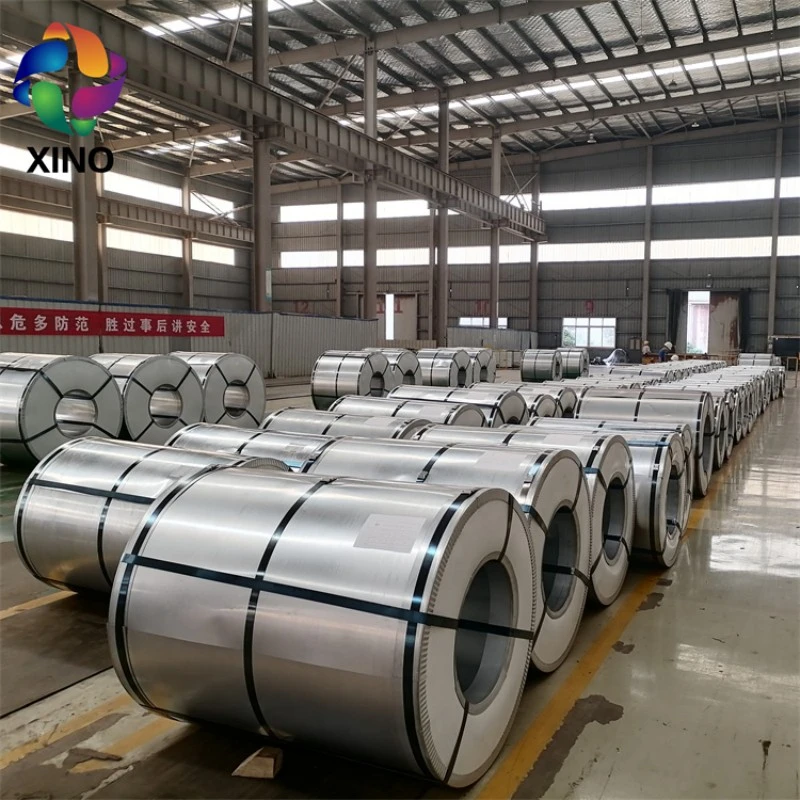
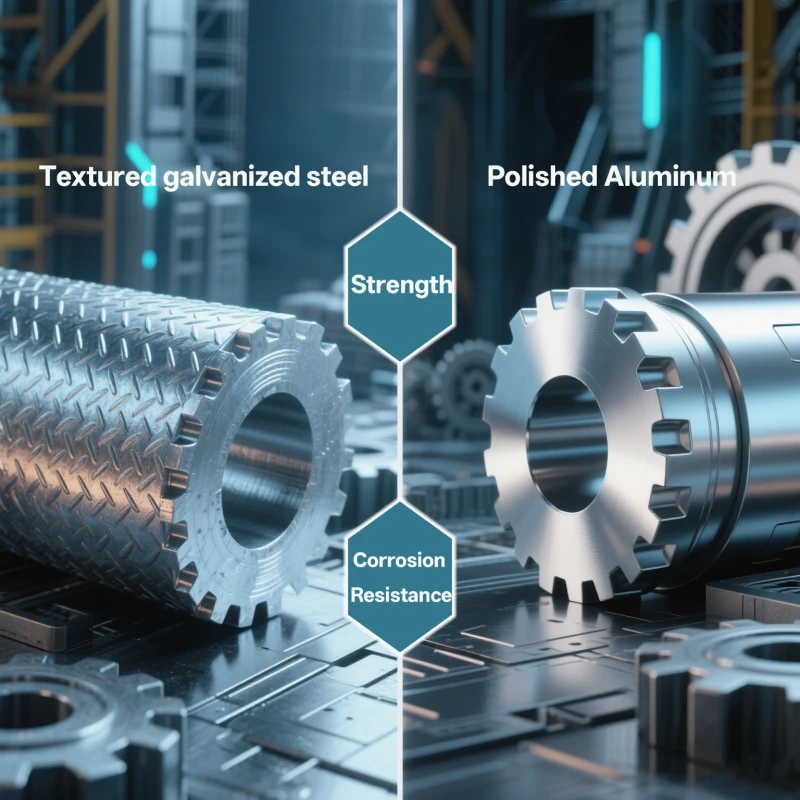
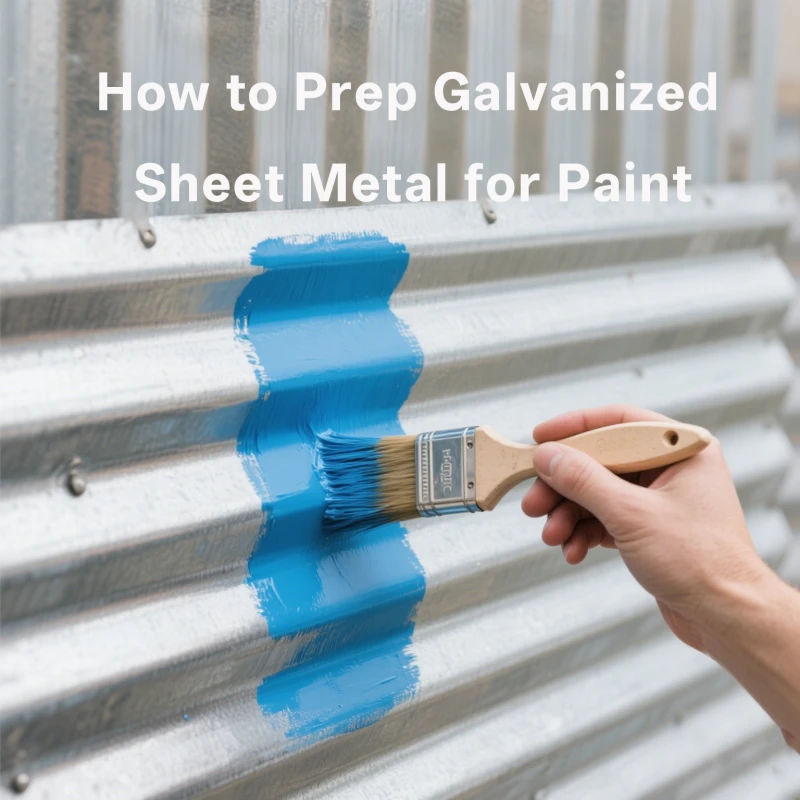
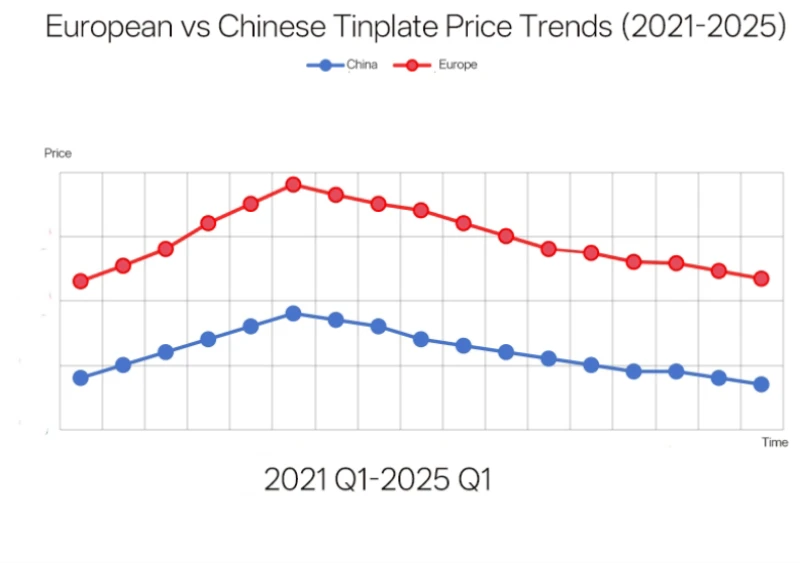
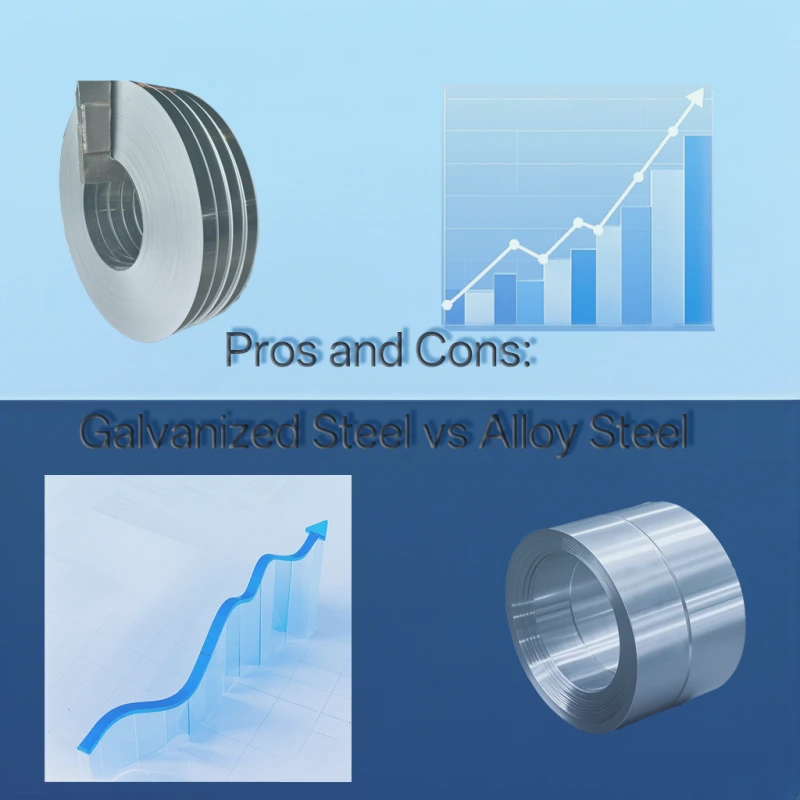
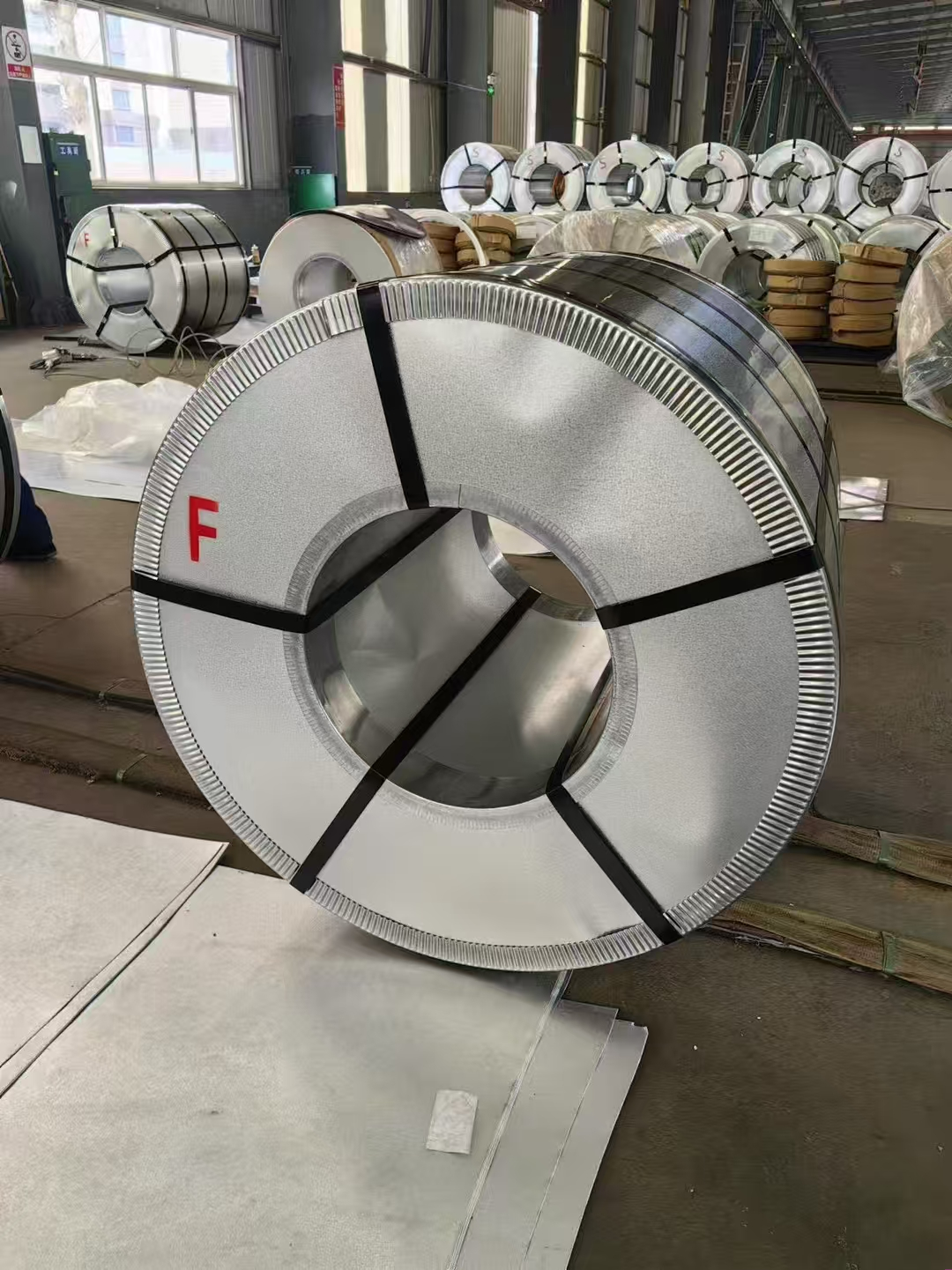
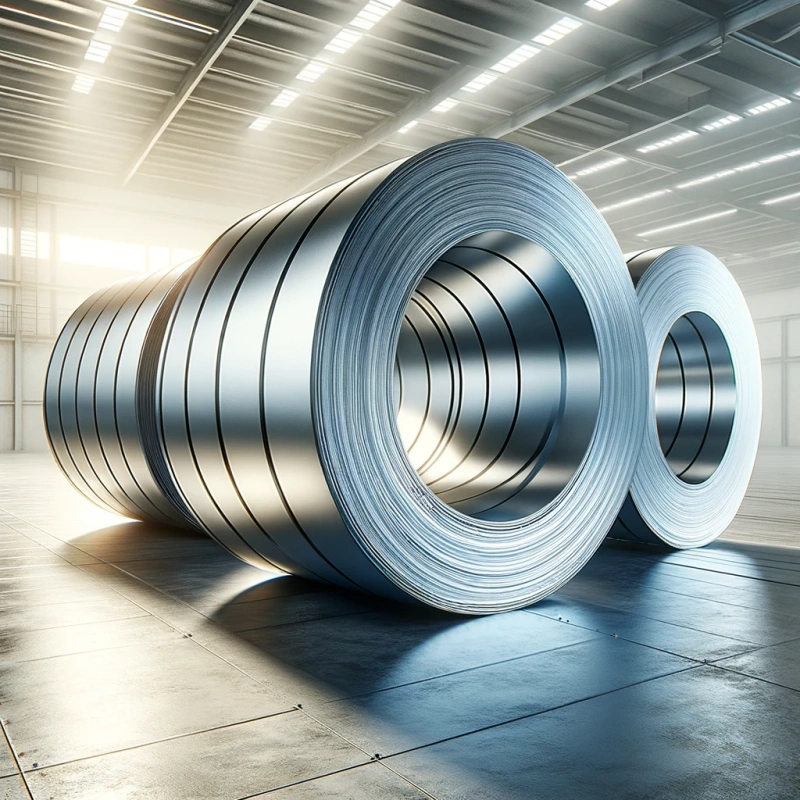
745.webp)
